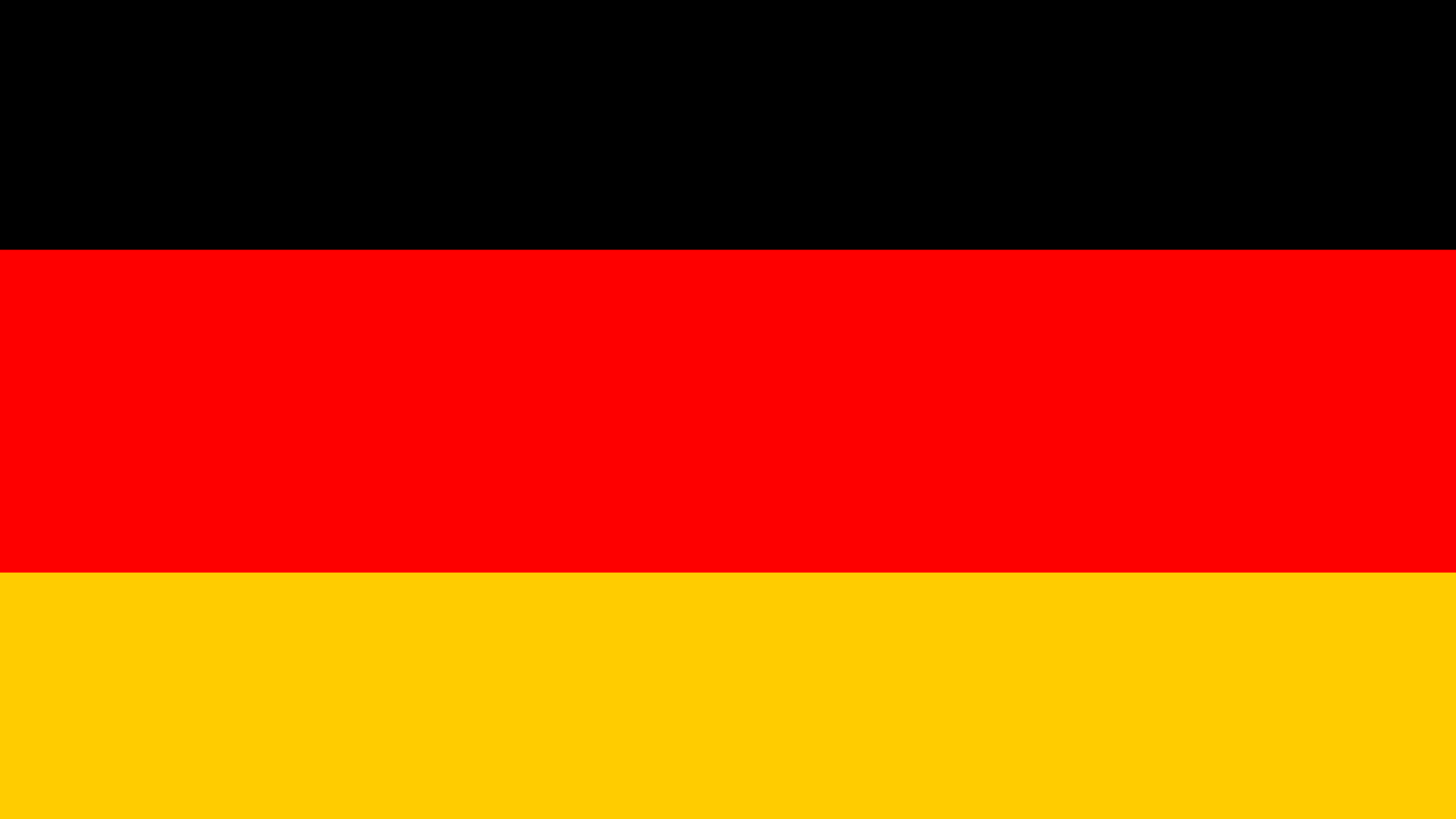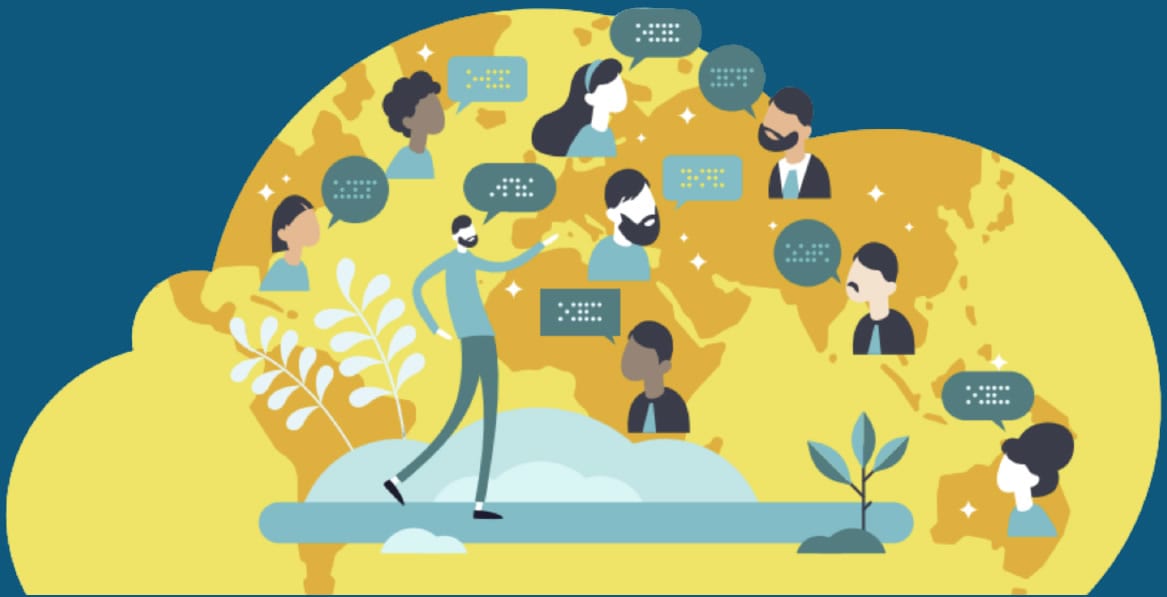German Translation

Professional German Translation
TrueLanguage offers timely, precise German translation and localization services. We can handle virtually any type of translation project. Our team of professional linguists includes native speakers of German and certified subject matter experts who can perfectly translate material following your exact specifications. We use cutting-edge translation and project management tools and follow ISO 9001 standards, guaranteeing efficient, high-quality, and authentic results.
Vom Deutschen ins Englische
Language Facts and Information
German Snapshot
German is a complex and precise language with a rich history and culture. As the official language of Germany, Austria, and parts of Switzerland, it is spoken by over 100 million people worldwide. German is known for its compound words, which can be extremely long and often express complex concepts in a single word.
The language is also known for being structured and grammatically challenging, with various noun cases and verb conjugations. Despite its complexity, German is highly respected for its academic and scientific contributions, and learning the language can open up a world of cultural and professional opportunities.
German Facts and Trivia
Where it’s Spoken
German is the official language of Germany, Austria, and Liechtenstein. It is also one of the official languages of Switzerland, Belgium, and Luxembourg. German is spoken as a minority language in some parts of Italy, France, and Denmark. Additionally, German is a popular second language taught in schools worldwide, particularly in Europe and Asia.
Global Statistics
German is the most widely spoken native language in the European Union, with over 100 million native speakers. It is followed by English, French, and Italian and is also widely spoken as a second language, with an estimated 80 million non-native speakers. This makes it the world’s second most commonly taught language after English.
Data shows that the number of German language learners at schools, universities, and language institutes worldwide hasn’t changed dramatically since the last survey in 2015, increasing only by several thousand people, reaching a total of 15.4 million worldwide in 2020.
In addition to Germany, Austria, and Liechtenstein, where German is the official language, it is also spoken as a minority language in some parts of Italy, France, and Denmark. German is an important language for international business, as Germany is the fourth-largest economy in the world and a major exporter of goods and services. According to a recent survey, German is the second most commonly used language in international business after English.
Impact of German Worldwide
German is one of the major languages of the world. It is the most spoken native language within the European Union. German is also widely taught as a foreign language, especially in continental Europe, where it is the third most taught foreign language (after English and French), and the United States.
The German language has been influential in the fields of philosophy, theology, science, and technology. It is the second most commonly used scientific language and among websites’ most widely used languages. The German-speaking countries are ranked fifth in terms of annual publication of new books, with one-tenth of all books (including e-books) in the world being published in German.
Regional Variations
The German dialects are the traditional local varieties of the language; many of them are not mutually intelligible with standard German, and they have great differences in lexicon, phonology, and syntax. If a narrow definition of language based on mutual intelligibility is used, many German dialects are considered to be separate languages (for instance, in the Ethnologue). However, such a point of view is unusual in German linguistics.
The German dialect continuum is traditionally divided most broadly into High German and Low German, also called Low Saxon. However, historically, High German dialects and Low Saxon/Low German dialects do not belong to the same language. Nevertheless, in today’s Germany, Low Saxon/Low German is often perceived as a dialectal variation of Standard German on a functional level, even by many native speakers.
The variation among the German dialects is considerable, with often only neighboring dialects being mutually intelligible. Some dialects are not intelligible to people who know only Standard German. However, all German dialects belong to the dialect continuum of High German and Low Saxon.
Origin and History
The history of the German language begins with the High German consonant shift during the Migration Period, which separated Old High German dialects from Old Saxon. This sound shift involved a drastic change in the pronunciation of both voiced and voiceless stop consonants (b, d, g, and p, t, k, respectively).
While there is no complete agreement over the Middle High German (MHG) period dates, it is generally seen as lasting from 1050 to 1350. This was a period of significant expansion of the geographical territory occupied by Germanic tribes and, consequently, of the number of German speakers…Modern High German begins with the Early New High German (ENHG) period, in which the influential German philologist Wilhelm Scherer dates 1350–1650, terminating with the end of the Thirty Years’ War.
German was the language of commerce and government in the Habsburg Empire, encompassing a large area of Central and Eastern Europe until the mid-nineteenth century.
Summary
Since the German language is constantly evolving, you must have informed and highly experienced professional linguists to produce accurate and culturally appropriate translations. Currently, German features approximately 330,000 words and adopts or adds 5000 (2017) new words each year. Will you need a German translation that will easily be understood in all regions where the language is spoken? Or do you instead require a regionally specific translation? Select either our TrueGlobal™ or LocalVoice™ approach as appropriate.
Consider a Partnership with TrueLanguage
Are you looking for a partnership with a language service provider? If so, you may wish to consider TrueLanguage. We offer ISO-Certified state-of-the-art business translation services that are on budget, on time, and to your exact specification. Every time. Or perhaps you’re just looking for a cost-free, no-obligation estimate for your next translation project. Either way, we’d love to hear from you!


